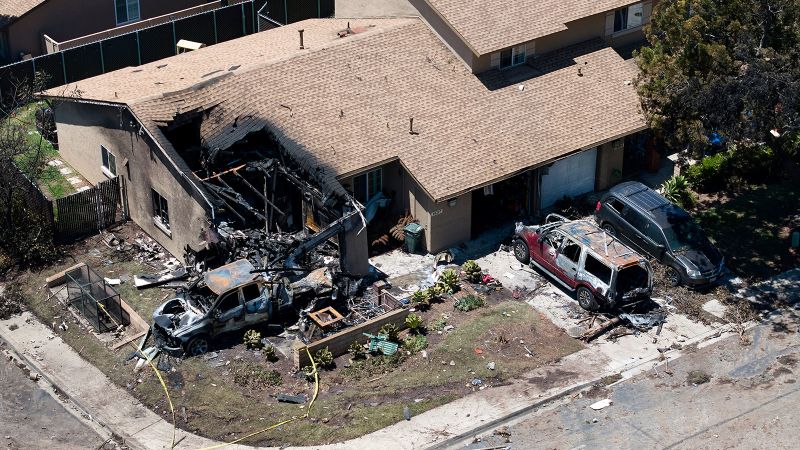San Diego Jet Crash Linked to Non-Functional Runway Lights
A small jet crash in San Diego, killing six, is attributed to non-working runway lights since 2022, exacerbating poor visibility conditions.
Overview
- A small jet crashed in San Diego on May 22, resulting in six fatalities and injuries to eight people on the ground.
- Runway alignment lights, crucial for navigation, had been out of service since March 2022, as noted by the FAA.
- The NTSB found the jet was flying too low, approximately 60 feet above ground, when it struck power lines before crashing.
- Pilots considered diverting due to poor visibility, highlighting the impact of the non-functional runway lights during foggy conditions.
- Delays in repairing the runway lights, linked to an environmental study, may have contributed to the crash's tragic outcome.
Content generated by AI—learn more or report issue.

Get both sides in 5 minutes with our daily newsletter.
Analysis
Center-leaning sources frame the San Diego crash as a tragic consequence of systemic failures, emphasizing the malfunctioning runway lights and the FAA's delayed repairs. They highlight the pilot's awareness of poor conditions, suggesting a shared responsibility. Implicitly, they critique regulatory oversight while maintaining a focus on factual reporting.
Articles (3)
Center (1)
FAQ
The crash was attributed to poor visibility due to fog and non-functional runway lights, which had been out of service since March 2022. The jet was flying too low and struck power lines before crashing.
No one on the ground was killed, but eight people were taken to the hospital for smoke inhalation and non-life-threatening injuries.
The crash caused significant damage to about 10 homes, set multiple vehicles ablaze, and created a hazardous environment due to spilled jet fuel.
The runway lights had been out of service since March 2022, with delays in repairs linked to an environmental study.
History
- This story does not have any previous versions.


